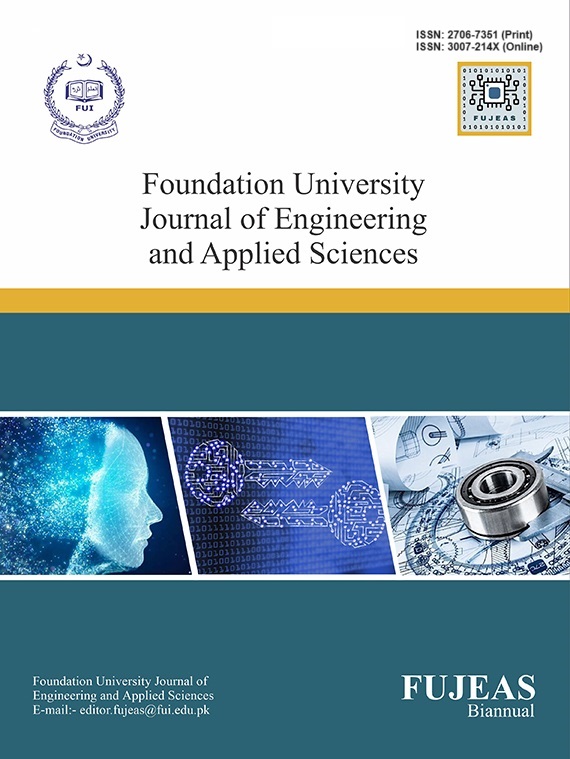Strategic Analysis of Feature Selection Methods for Enhanced Dental Therapy Recognition in Machine Learning Applications
DOI:
https://doi.org/10.33897/fujeas.v4i2.794Keywords:
Hoeffding Tree, Inside-out Vision, Lazy Instance-based Learning, Machine Learning, Multinomial Logistic Regression, Random Tree, Sequential Minimal OptimizationAbstract
The popularity of smart clinics has increased significantly as a result of technical developments in fields like computer vision. At the heart of such systems is the ability to recognize objects and activities as well as perceive the environment as a whole. This is crucial for both eco-independent systems and human-machine interaction, especially in settings with constrained workspaces, like dental care. Our study delves into an extensive analysis of multiple machine learning models designed to robustly predict dental treatments. These models encompass Lazy Instance-based Learning, Sequential Minimal Optimization, Hoeffding Tree, and Random Tree. Leveraging object-oriented input sourced from gaze-guided wearable cameras, we scrutinize intricate attributes such as material properties, patients' dental conditions, and the array of instruments in use. Notably, we exploit the insight that identifying visual cues during an activity holds the potential to address the specific therapy identification challenge. Utilizing a dental data set that we gathered in the real world, we conducted our experiments and discovered that combining multiple criteria enhances accuracy in comparison to using each one alone. We did see, nevertheless, that in certain circumstances employing the symptoms alone produced superior outcomes. Additionally, symptoms demonstrated to have lesser error than combination in terms of RMS error convergence. Finally, we observed that the machine learning models' build and test durations increased as a result of the combined method. This demonstrates that adding additional parameters does not necessarily result in better outcomes in machine learning applications generally and in medical/dental applications in particular. Instead, it relies on the machine learning tool used, the settings taken into account and the input data provided. The versatility of our approach extends beyond dental contexts. It has been systematically validated across diverse domains, including the recognition of kitchen activities within smart home environments. This methodology holds relevance for various outdoor scenarios where the focal point of attention guides ongoing activities.



 Open Access
Open Access
















